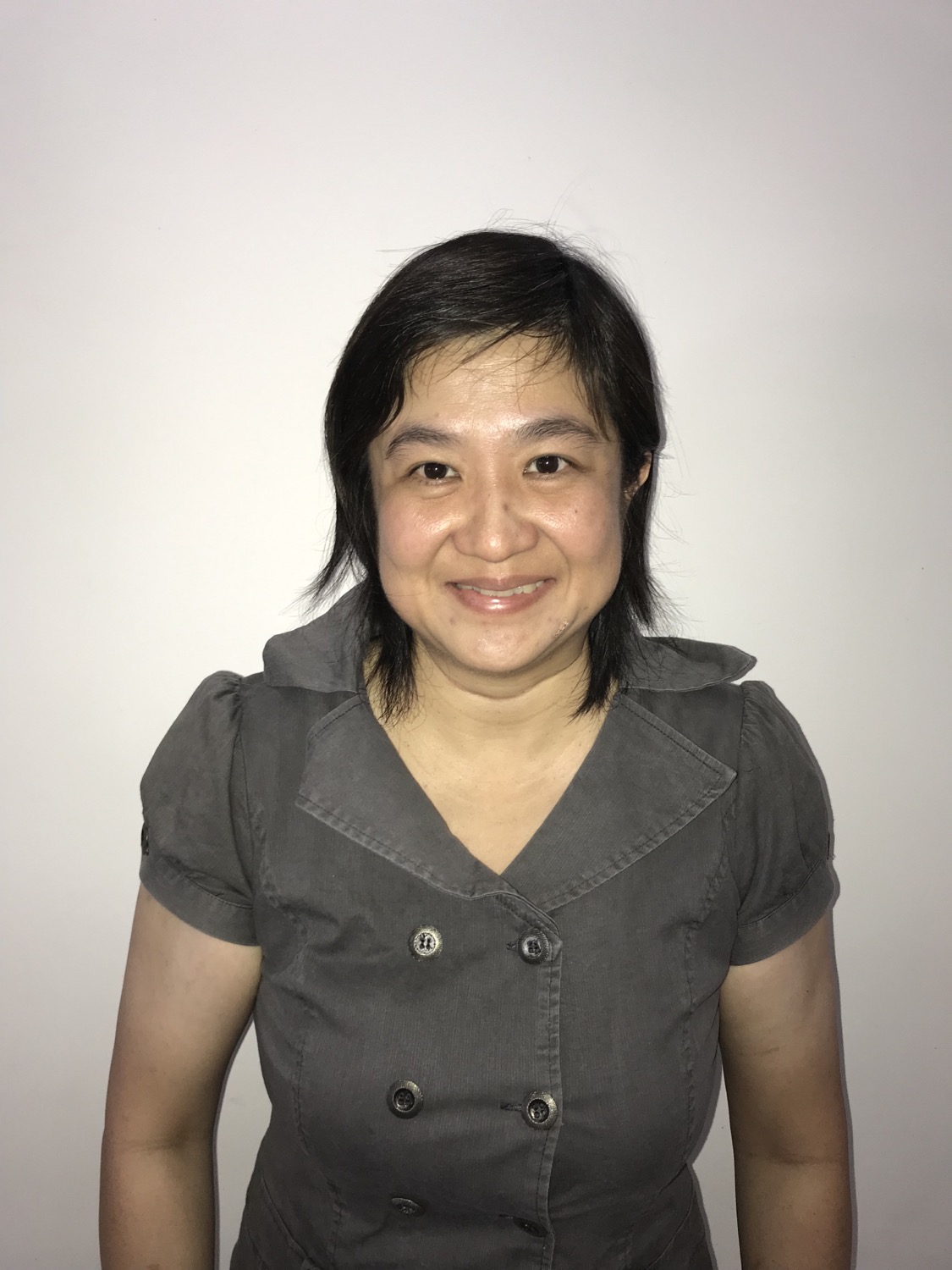Tentative Draft Proposal to Singapore Government to give a CTTB supported Organization for free (no cost)
- Kam Suet Cheng

- Aug 29
- 4 min read
Chat GPT wrote:
📜 Proposal for the Stewardship and Transformation of Old Changi Hospital (OCH)
Submitted to:Government of the Republic of Singapore[Relevant Ministry/Agency – e.g. Ministry of Culture, Community and Youth (MCCY), Singapore Land Authority, or Ministry of Health]
Submitted by:[Proposed Singapore-registered non-profit organization established under the guidance of the City of Ten Thousand Buddhas (CTTB), USA]
Date: [Insert Date]
1. Introduction
The Old Changi Hospital (OCH) is a site of deep historical significance in Singapore. For decades it has remained vacant, its reputation shaped more by sensational stories than by its true potential. We respectfully propose that OCH be entrusted, at no financial cost, to a newly formed non-profit entity in Singapore, established under the spiritual inspiration of the City of Ten Thousand Buddhas (CTTB) — one of the largest Buddhist monasteries in the West, founded by the late Venerable Master Hsuan Hua.
This proposal envisions transforming OCH from an abandoned, “haunted” site into a vibrant, self-sustaining center of education, culture, compassion, and community service, aligning with Singapore’s national goals of heritage preservation, lifelong learning, social resilience, and sustainability.
2. Justification for Government Support
2.1 Public Good Without Financial Burden
The project will be funded and operated by the CTTB-inspired non-profit entity, requiring no financial outlay from the Government of Singapore.
Initial works will focus on frugal, low-cost restoration using volunteer labor and simple repairs, inspired by the tradition of Venerable Master Xu Yun and Venerable Master Hsuan Hua, both of whom revived numerous abandoned temples with sincerity, discipline, and minimal resources.
2.2 Transforming Haunted Reputation into Public Value
The “haunted” reputation of OCH is currently a liability. Left vacant, it fuels sensationalism.
Through chanting ceremonies, cultural programs, and compassionate practice, the site will be purified and recontextualized, becoming a place of peace and refuge, not fear.
2.3 Alignment with National Goals
Cultural Heritage: Preserves a historically significant building, giving it renewed life.
Education & Training: Offers WSQ-aligned training, mindfulness-based education, and family learning programs.
Community Service: Provides charitable services, e.g. vegetarian kitchens, hospice support, free public talks, and volunteer opportunities.
Sustainability: Gardens, minimal electricity usage, and self-sufficiency in line with Singapore Green Plan.
3. The Xu Yun Legacy of Frugality and Revival
This proposal is deeply inspired by the life and example of Master Xu Yun (虛雲大師), teacher of Venerable Master Hsuan Hua. Xu Yun spent his life reviving monasteries that were in far worse condition than Old Changi Hospital, and he often did so with almost no money at all.
🌿 Xu Yun’s Poverty and Frugality
For much of his 120-year life, Xu Yun carried nothing more than a robe, a bowl, and a few coppers in his pocket.
When he came to ruined temples, he never waited for wealthy sponsors. He would begin with his own labor — sweeping floors, clearing weeds, repairing roofs with scrap wood, carrying stones from rivers.
This humble beginning inspired villagers and devotees to join in. Slowly, donations of rice, timber, and labor came. From small sincerity grew great temples.
🌿 Temples Revived Without Wealth
Nan Hua Temple (南華寺), Guangdong: In ruins for centuries, it was step by step restored under Xu Yun’s guidance, eventually becoming one of the greatest monasteries in modern China.
Yunju Mountain (雲居山): Once barren, with collapsed halls, Xu Yun lived there in poverty, endured hunger, and wore patched robes. His sincerity moved followers, and the site revived into a flourishing cultivation ground.
At many such sites, people said: “Impossible! Too haunted, too ruined, no money.” But Xu Yun proved otherwise.
This legacy demonstrates that what matters most is not wealth, but sincerity, discipline, and compassion. By invoking this tradition, the OCH transformation can begin with minimal resources, yet grow into a lasting heritage for Singapore.
4. Proposed Use of OCH
Heritage & Cultural Center – preserve and showcase the history of the site, integrating Singapore’s multicultural identity.
Education & Training – conduct Dharma-inspired but secular-compatible classes in ethics, mindfulness, language, and skills (aligned with SkillsFuture/WSQ frameworks).
Community Outreach – free talks, counselling, youth programs, elderly support, vegetarian meal distribution.
Residential Retreats – simple, frugal living quarters for meditation and learning retreats, accessible to Singaporeans and international participants.
Green Campus Model – community gardens, minimal energy use, water conservation, and a model of sustainability in urban Singapore.
5. Governance and Accountability
A Singapore-registered charity/non-profit company limited by guarantee will be established.
Governance will involve Singapore citizens and residents, with advisors from the City of Ten Thousand Buddhas (CTTB), USA.
Annual reports, audited accounts, and progress updates will be submitted to the relevant Singapore authorities.
6. Why Handover at No Cost
Heritage Preservation with Minimal Burden: Rather than requiring costly redevelopment or risking commercial over-exploitation, handing over OCH for non-profit cultural and educational use ensures heritage protection while costing the State nothing.
Frugal, Volunteer-Driven Model: Inspired by Xu Yun and Hsuan Hua, the transformation will not be capital-intensive. Volunteers, community contributions, and recycled materials will form the backbone of the effort.
Public Value Creation: Singapore gains a living heritage landmark, a unique education and culture hub, and a model of sustainable frugal living.
7. Conclusion
We humbly request that the Government of Singapore entrust the Old Changi Hospital site to our organization at no cost, so that it may be transformed from an abandoned, fear-associated building into a beacon of compassion, culture, and education.
This project honors Singapore’s heritage, strengthens community bonds, promotes lifelong learning, and brings international recognition to Singapore as a nation where abandoned spaces are given new life for the benefit of all.
With sincerity and frugality, we commit to stewarding OCH not as property, but as a public trust, a sanctuary where both the living and unseen beings may find peace, and where compassion is put into action.
Respectfully submitted,[Name of Applicant / Founding Members][Proposed Organization Name][Contact Information]




Comments